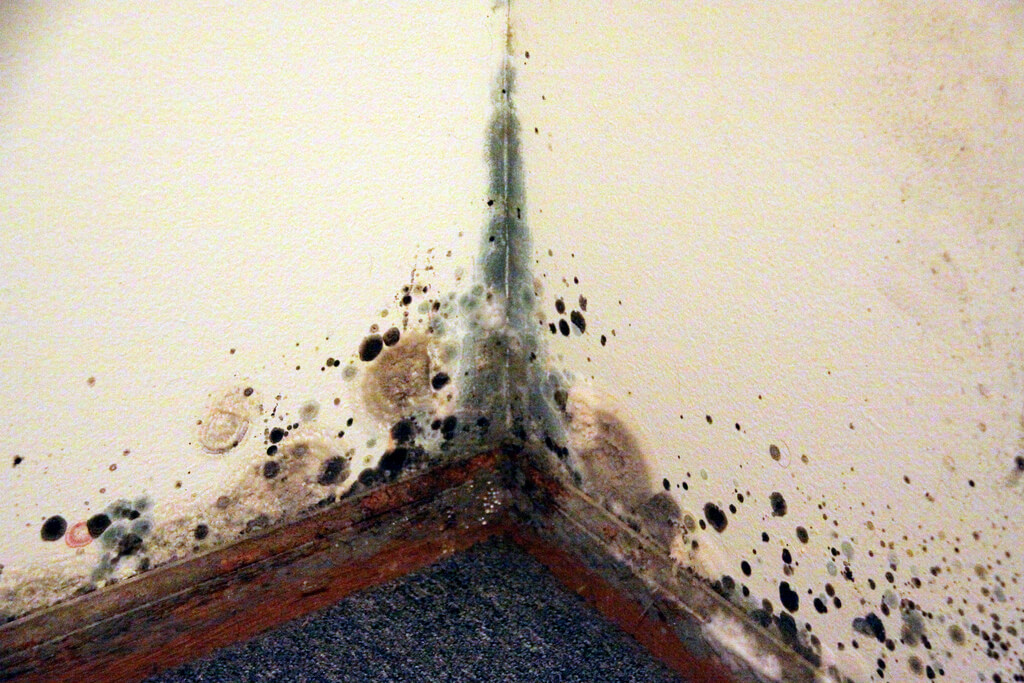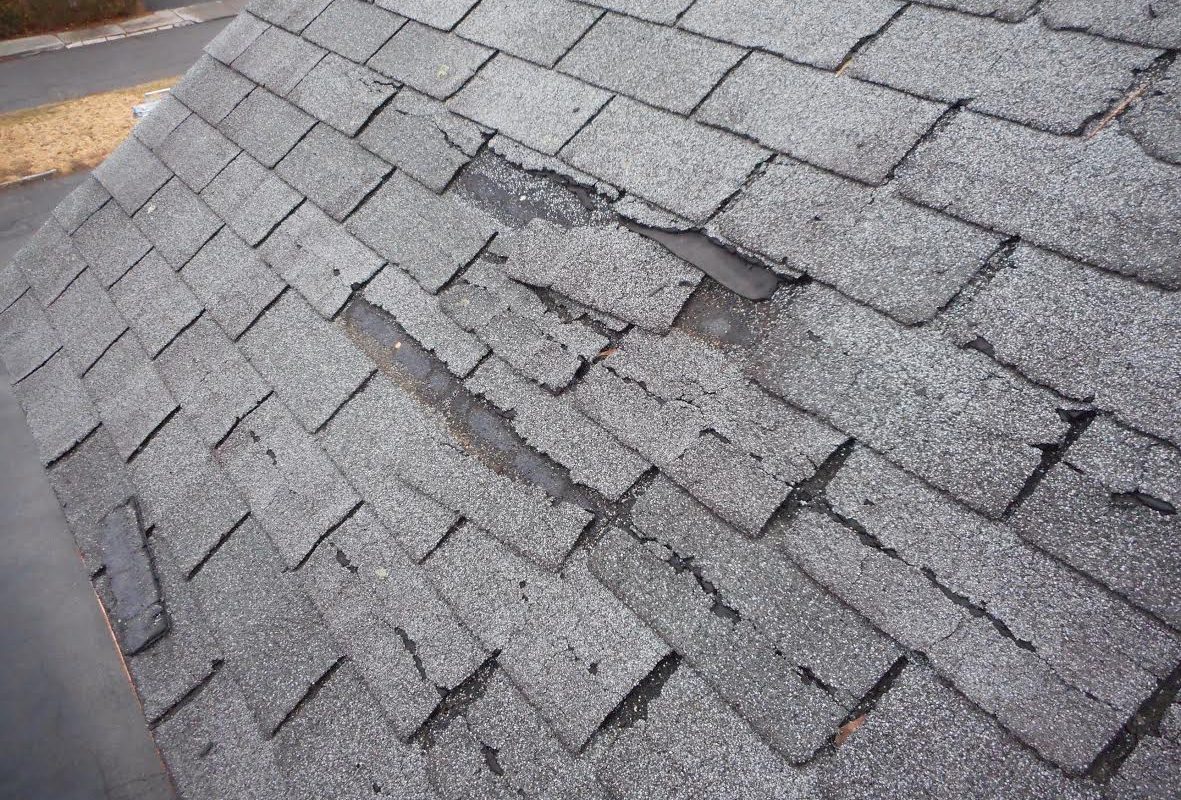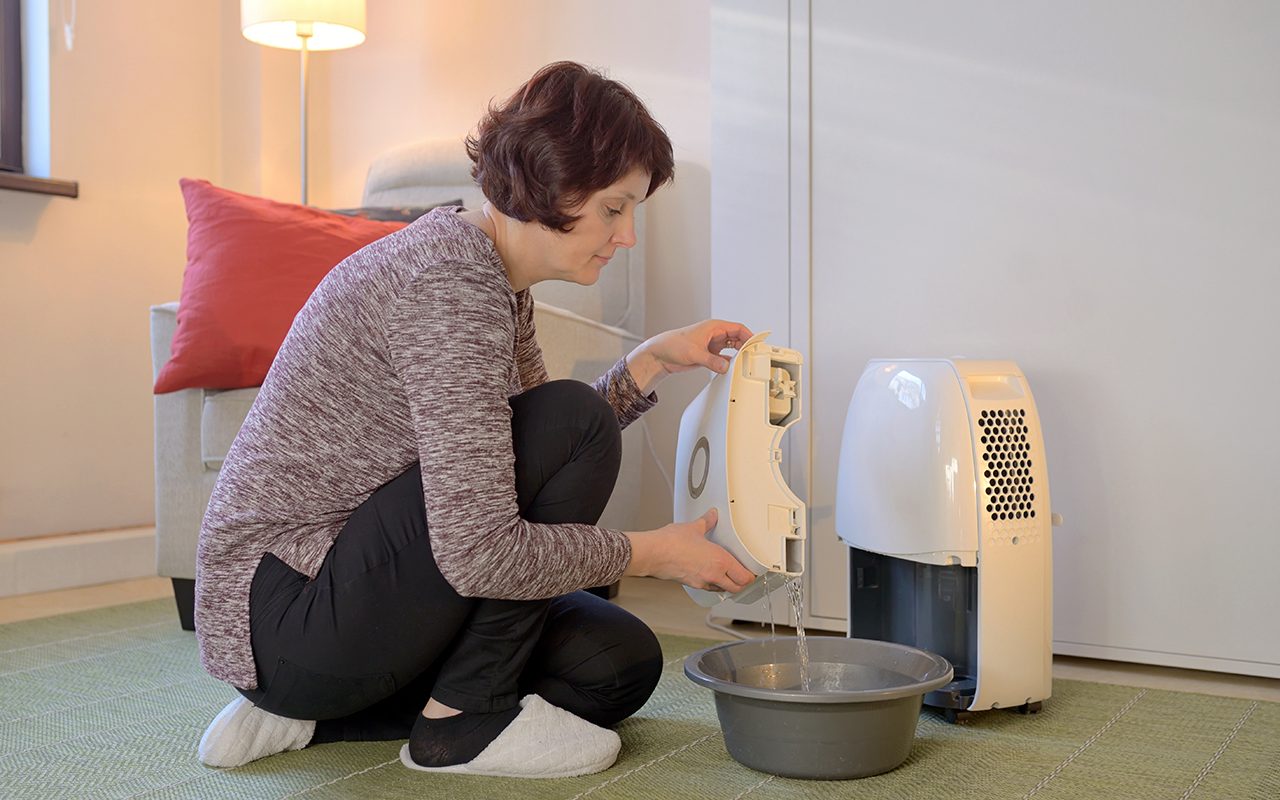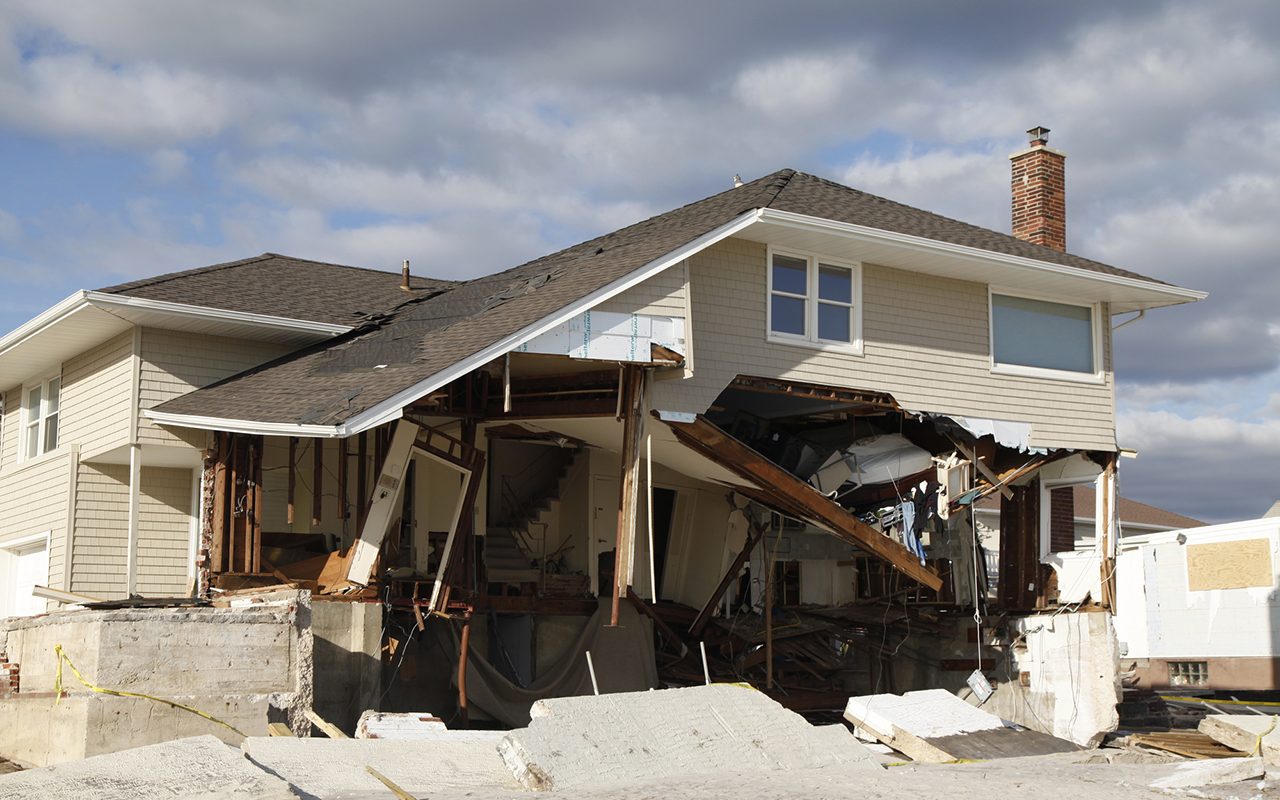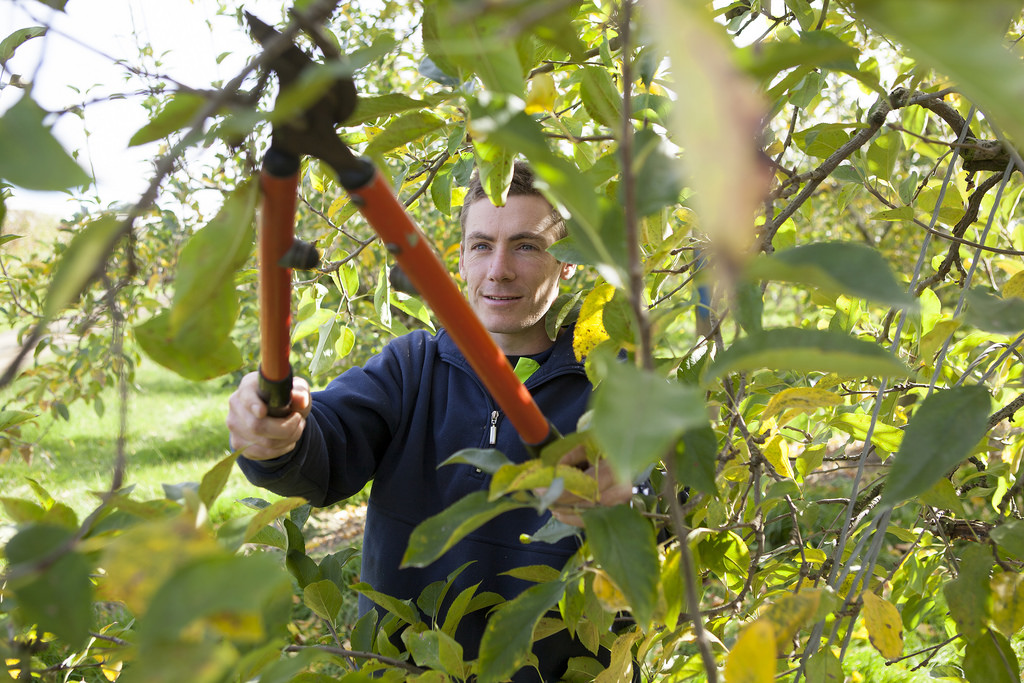Mold growing in homes can cause health problems for those who live there. It has been known to cause or exacerbate conditions such as asthma, allergies, and other respiratory problems. It can also damage your home and require thousands of dollars in mitigation services. To reduce the risks, here are some ways to prevent mold growth in your home.
1. Keep Indoor Humidity Levels Low to Prevent Mold Growth in Your Home
Molds require high moisture levels in order to thrive. Aim for keeping moisture levels in your home under 50%. Air conditioners and dehumidifiers help to keep your humidity levels down. It is important to remember that the amount of moisture in the air varies throughout the day depending on your activities.
2. Improve Ventilation
According to experts like J&M Cooling & Heating, ventilation helps air circulate around an indoor area. This circulation of air allows fresh air to enter and leave the home which discourages excess moisture. Areas like kitchens, laundry rooms, and bathrooms should have adequate ventilation since more moisture is generated in these places. Improve ventilation by opening windows periodically, using exhaust fans that vent outside of the home, and keeping ceiling fans on. You can also install HVAC systems via experts at sites like https://mullinsmechanical.com/ or https://otheating.com/. Torn between ac vs heat pump? Click the link if you want additional info on which one you should choose.
3. Fix Any Roof or Pipe Leaks
Other ways to prevent mold growth include fixing any leaks in the house. Leaks in the roof or plumbing system lead to water damage and subsequent mold growth in the house. Visit sites like https://stithplumbingandhvac.com/ or https://specialtypump.com/issaquah/ for additional guidance on plumbing.
Facing a water leak can be both alarming and damaging to your property. While it might be tempting to address the issue yourself, hiring a home plumbing repair service is the best choice here. A professional can identify and seal any leaks to keep water from collecting in the home to prevent mold growth in your home. Hire experts such as the ones at https://kmpcorp.com/fort-worth-plumbing-heating-air/ or https://superiorplumbing.net/plumbing-repair/ to prevent mold from growing in your home.
4. Clean Up and Dry Out After Flooding
Flooding is a coastal threat due to changing weather patterns and strong storms. When flooding occurs, moisture levels skyrocket. Mold can begin to grow in as little as 48 hours. The best way to prevent mold growth after flooding is by cleaning and drying out the area as soon as it is accessible. Installing a sump pump can aid in efficiently removing excess water and minimizing the risk of mold growth.
5. Use Mold-Resistant Paint and Mold-Killing Cleaning Products
Choosing mold-resistant paint can keep mold from growing whenever there are high levels of moisture. Another great way to prevent mold growth is to use mold killing products when cleaning the bathroom. A bathroom is a common place for mold to grow because of all the moisture there.
It’s important to remember that mold growth can be costly to remove and can cause health problems for you and your loved ones. Follow these suggested steps to help prevent mold growth in your home.
